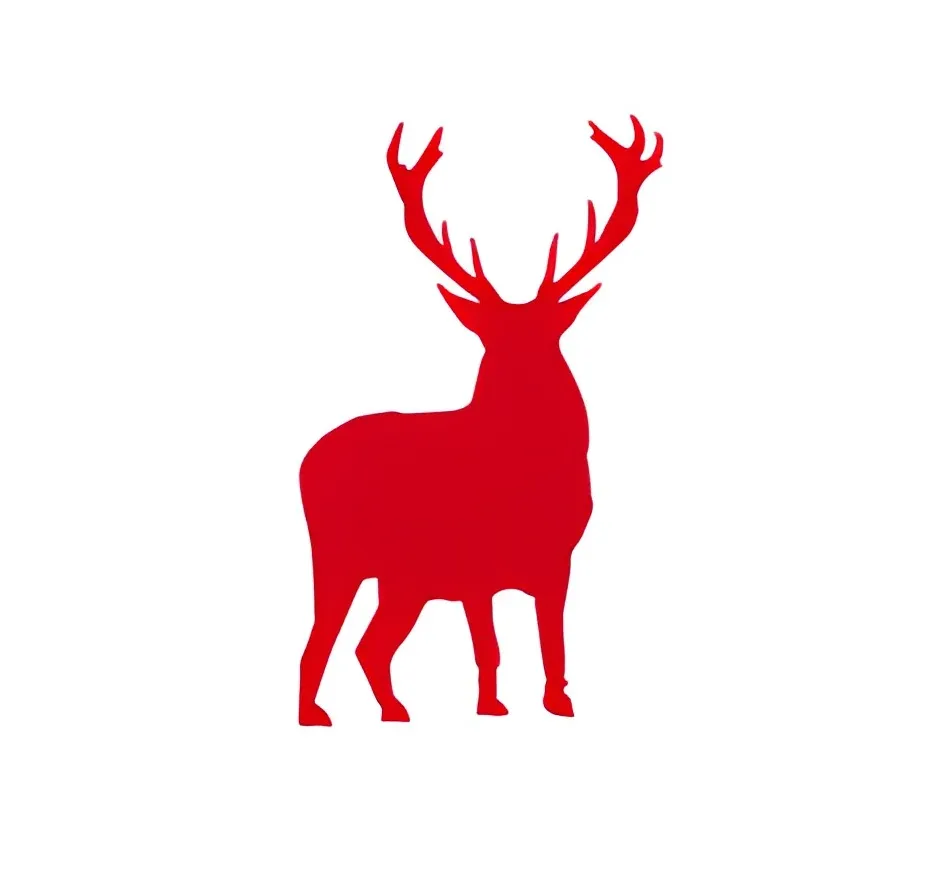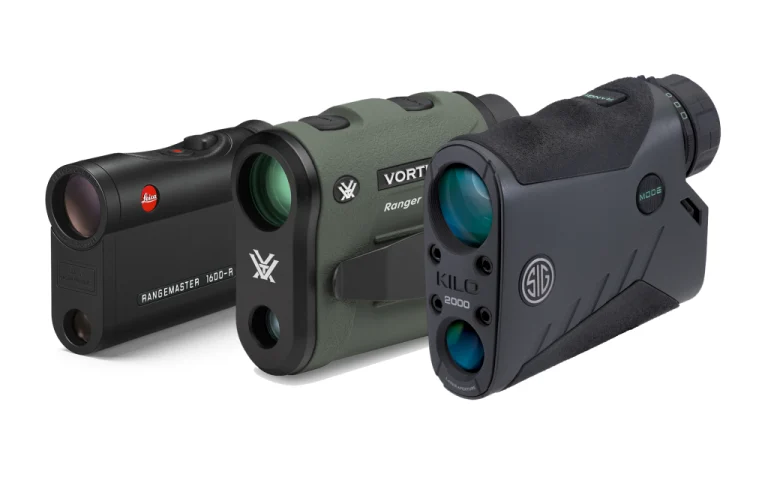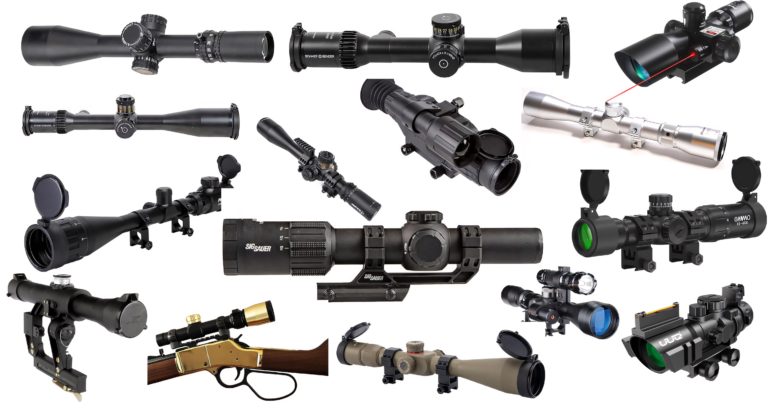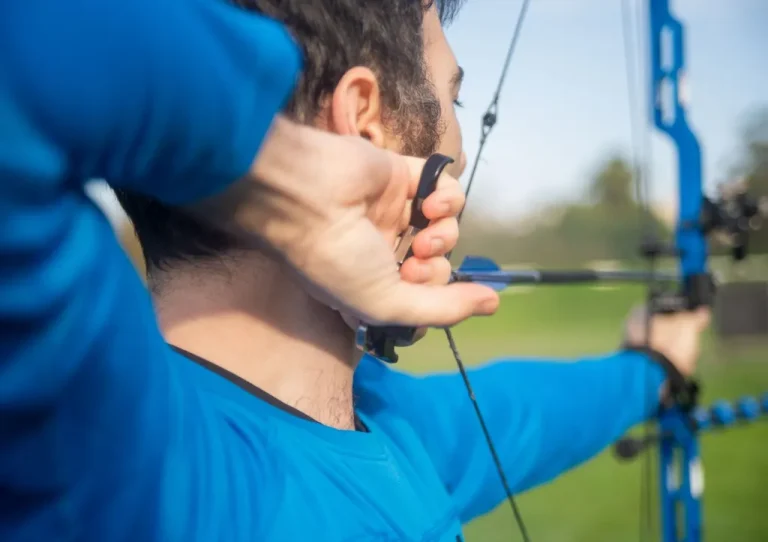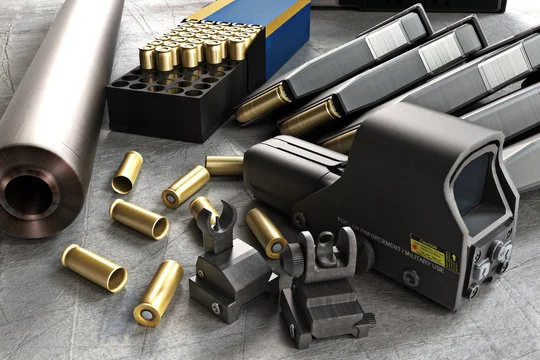
Introduction
In the essence of it, binoculars are an optical instrument which one uses that has lenses for each eye primarily made to far distance objects. The instrument has been used in many fields in the past for many years now including the military, hunting and even for recreational uses.
The breakdown for a binocular can be explained as being two telescopes which are mounted side by side and aligned to point at the same direction. They are usually small and easy to hold in hands which makes this an instrument very useful. In terms of hunting, hunters usually look for binoculars which have a great degree of magnification and clarity to spot the target more easily which will aid in the shooting activities.
Purchasing one of these for your hunting activities may not be a very simple task due to the sea of binoculars in the market which will make choosing a little difficult along with all the technical terms which tend to confuse. We have therefore devised a guide with all the important information you need which you can use when buying one for yourself!
Important Terms
1. Prisms
Binoculars simply use a series of multiple lenses along with prisms which will produce images that seem way closer than they actually are. With the help of optical tubes, you will be able to observe with both your eyes to provide realistic views of the surrounding which is the main priority. Firstly, you should be aware of what prisms are, they are optical instruments used to correct the orientation of the surrounding view.
Without one of these the view before you would look both flopped and upside down which will ultimately make a binocular useless. There are two types of prisms that are usually used which are the roof and the Porro prisms. The roof prisms usually make up binoculars that are streamlined and sharp while Porro prisms make up bigger and chunkier looking binoculars.
The prices of binoculars may vary very much from each other due to the type of prisms used alone as the roof prisms will require smaller and compact designs while the Porro prisms will require bigger and bulkier ones which makes roof prisms very much more pricier than Porro ones. You should not make the type of prisms as the sole price-changer here as many other aspects such as quality, clarity and also the type of coatings used for the lenses.
2. Objective lens and Magnifications
These are two other aspects of a binocular which you must be aware of when purchasing a new binocular for yourself, binoculars are usually defined by these two aspects in numerical. For example, 10×42 with 10 being the magnification and 42 being its objective. Meaning that the binocular will be able to magnify up to 10 times in depth while possessing an objective lens diameter of 42 in millimeters.
People who are looking at binoculars for sporting events would be happy with a 7x model while people looking for game would usually go with ones with 10x or more magnification. In terms of lens diameter, it depends on the preference of the user, the larger the objective lens, the higher the amount of light that can pass through it which in turn means that the image will appear brighter, clearer and sharper improving overall quality.
3. Exit Pupil
This is the size of the exit light that hits the eye, with more light exposure comes better viewing experience. The diameter of the exit pupil is affected by the overall magnification and objective lens. You will be able to tell the exit pupil size by dividing the objective lens size by the magnification eg, for a 10×42 the exit pupil size would be 4.2mm in diameter.
This is an information worth noting as you would want a binocular with an exit pupil larger than the human pupil diameter which is usually 1.5mm when in bright conditions and 8mm in dark ones. If you purchase a binocular that is smaller in size than your pupil it will seem like you are looking through a peep hole and will not be helpful at all in having a comfortable viewing experience.
4. Eye relief
This is the best distance from the eyes to the eyepiece or also known as the focal point from which the light passes through the ocular lens. Manufacturers install eyecups to the binoculars’ eyepiece so that the users eyes are at a comfortable distance from the eyepiece so that viewing is easier and better.
Very often people share binoculars with each other so these eyecups are made to be adjustable for different users. If the user has glasses on they will still be able to use these binoculars thanks to the dioptric adjustments that are on one of the eyepieces so that users will be able to tune the focusing system to their eye prescription which will enable them to use the binocular without glasses on.
5. Prism coatings
These are generally the films that are applied to the prism surface to reduce the overall glare and reflections, increase contrast and light transmission along with making the colors you see more vivid and realistic. While most manufacturers use standard reflective coatings, the best ones in the industry are called the dielectric coatings which allow almost a 100% of light through it which produces bright and high-contrast images. Other than those ones are ones that are called phase-collecting coatings.
The name is such due to the fact that the light that travels through the prism in such a way. Once it moves through the objective lens it will then get split into two separate beams which ultimately travel through the prism system independently.
Due to the” phase shift” coatings are applied to make one beam slower than the other to produce a unison line, this will then produce images that you see to be vivid, clear and very much more real. You would probably not be able to tell the difference between the coatings used if you’re not a professional user but there are slight differences.
6. Lens Coating
Similar to what you have seen in prism coatings are lens coatings, there are coated, multi-coated and also fully multi-coated lenses. Coated lenses are the most basic and mean that every lens has at least one coat on it whereas multi-coated lenses are lenses that have multiple surfaces that are coated or also that they have multiple-coatings on a single lens and lastly is the fully multi-coated lens which means that the lens are coated on the inner surfaces and the outer surfaces.
Above all of this is what’s called broadband fully multi-coated which is engineered to be effective and powerful across a wide range of wavelengths.
7. Minimum Focus Distance
Though binoculars serve the purpose of focusing on long-distance objects some people actually use their binoculars for watching things that are closer like birds or even insects. They want to have a closer look at the details of birds such as their beak and wing bars which minimum focus distance will be able to help with.
Typically, when the magnification is increased the overall minimum focus distance also increases so if you are interested in close-focus distances you should look at the larger objectives while keeping the magnification at about 8x. Although many of you will not be too interested in minimum-focus you will be surprised how nice it is to look at the details.
Conclusion
There are many terms and names which will arise when purchasing any optical instrument and it is your duty to learn them, be a wise consumer out there! There are many other terminologies involved but here is some to begin with!
